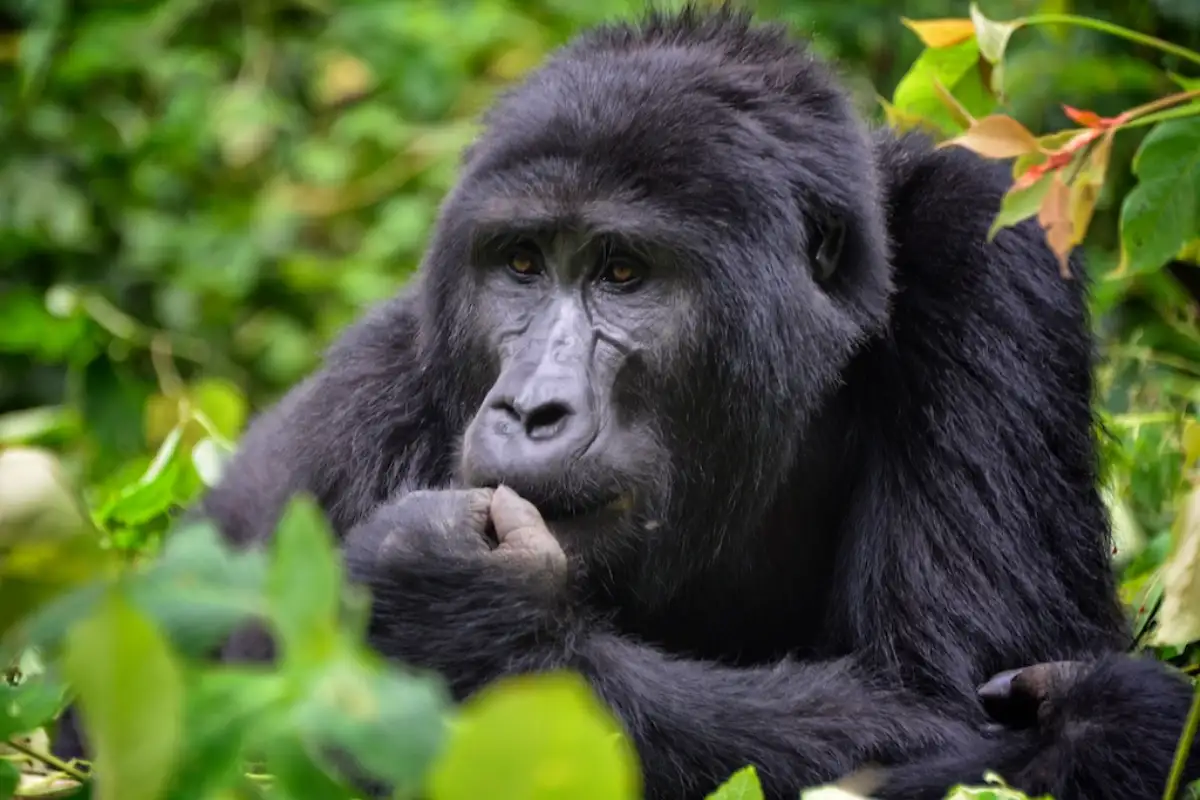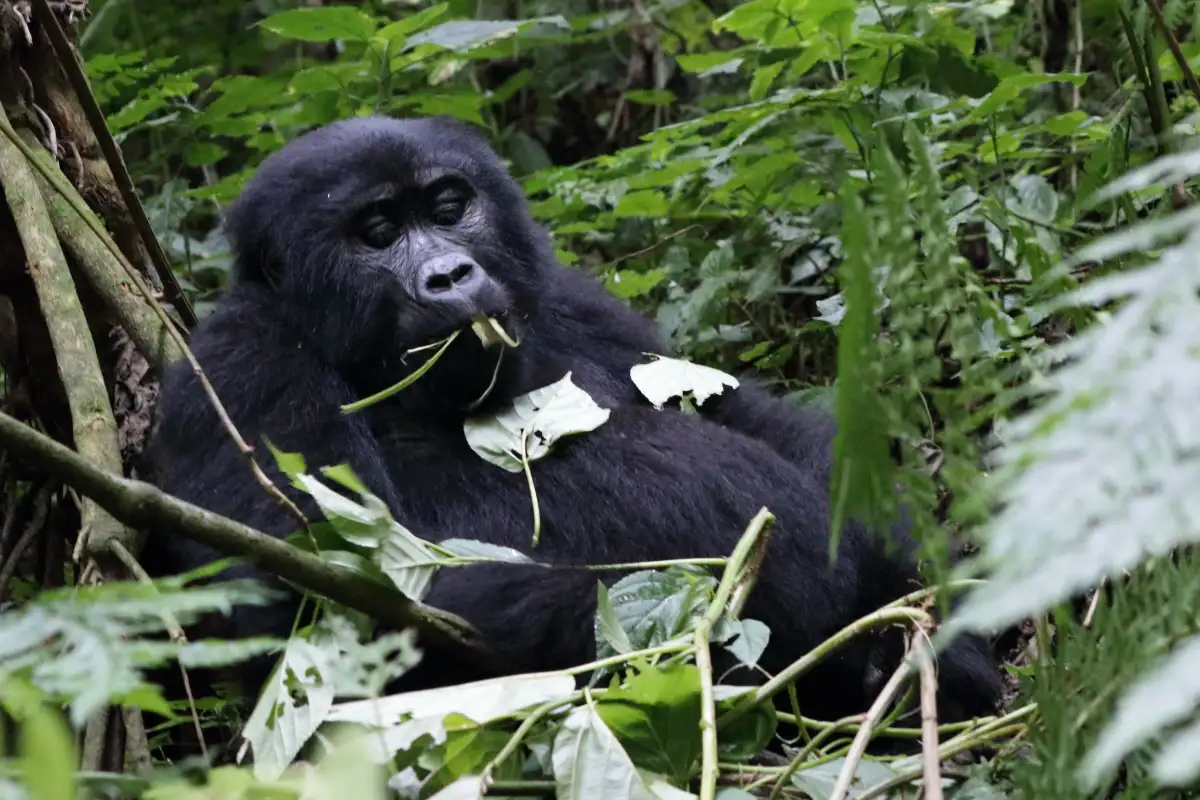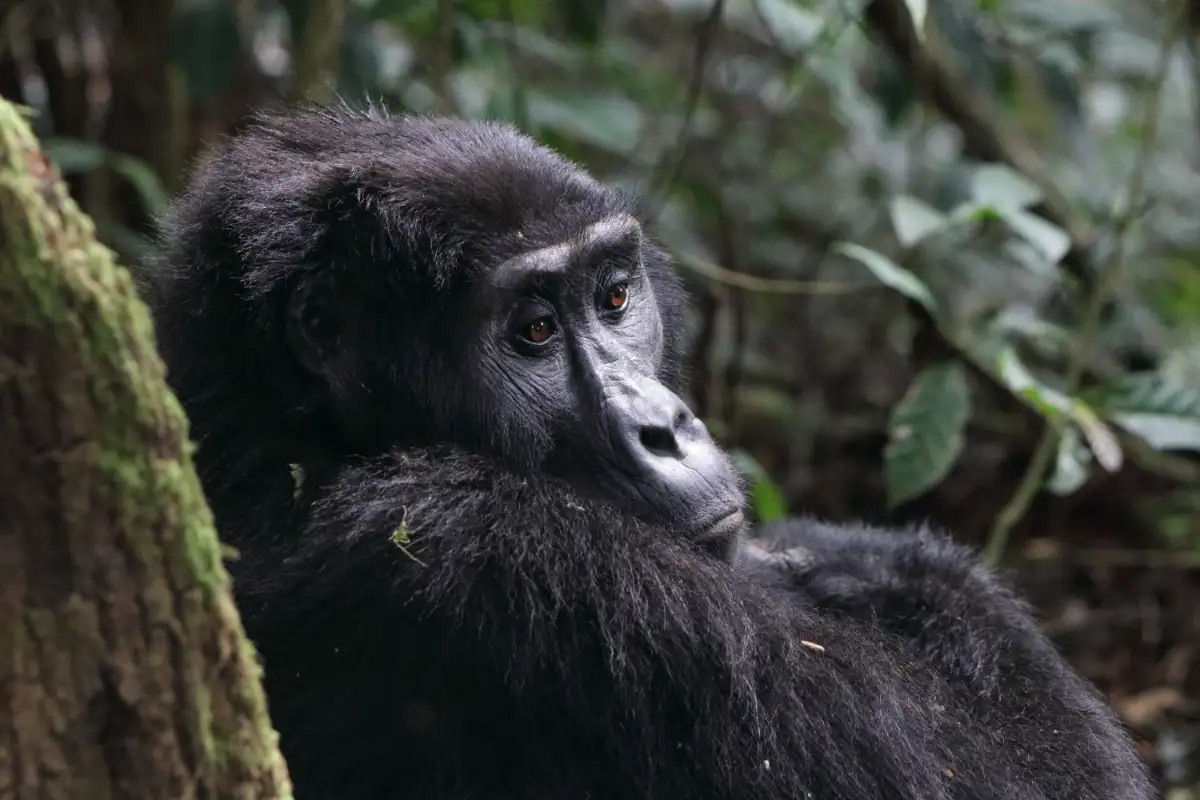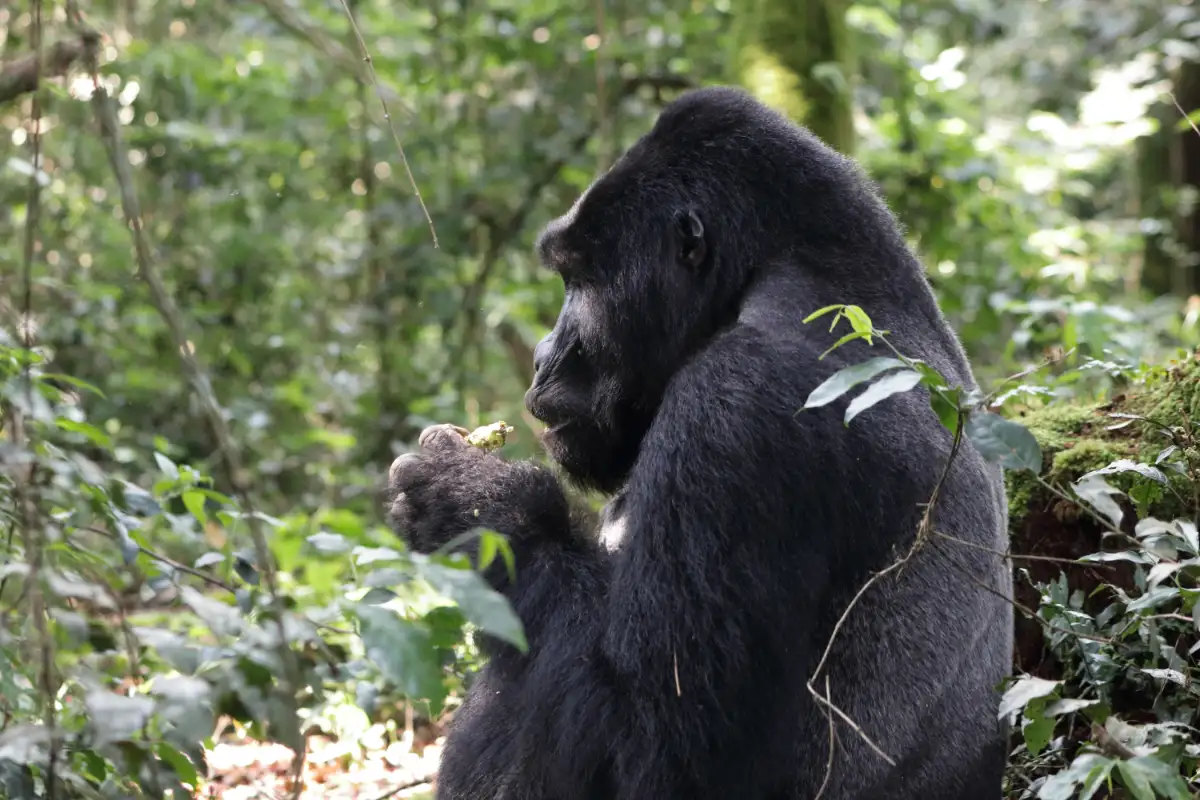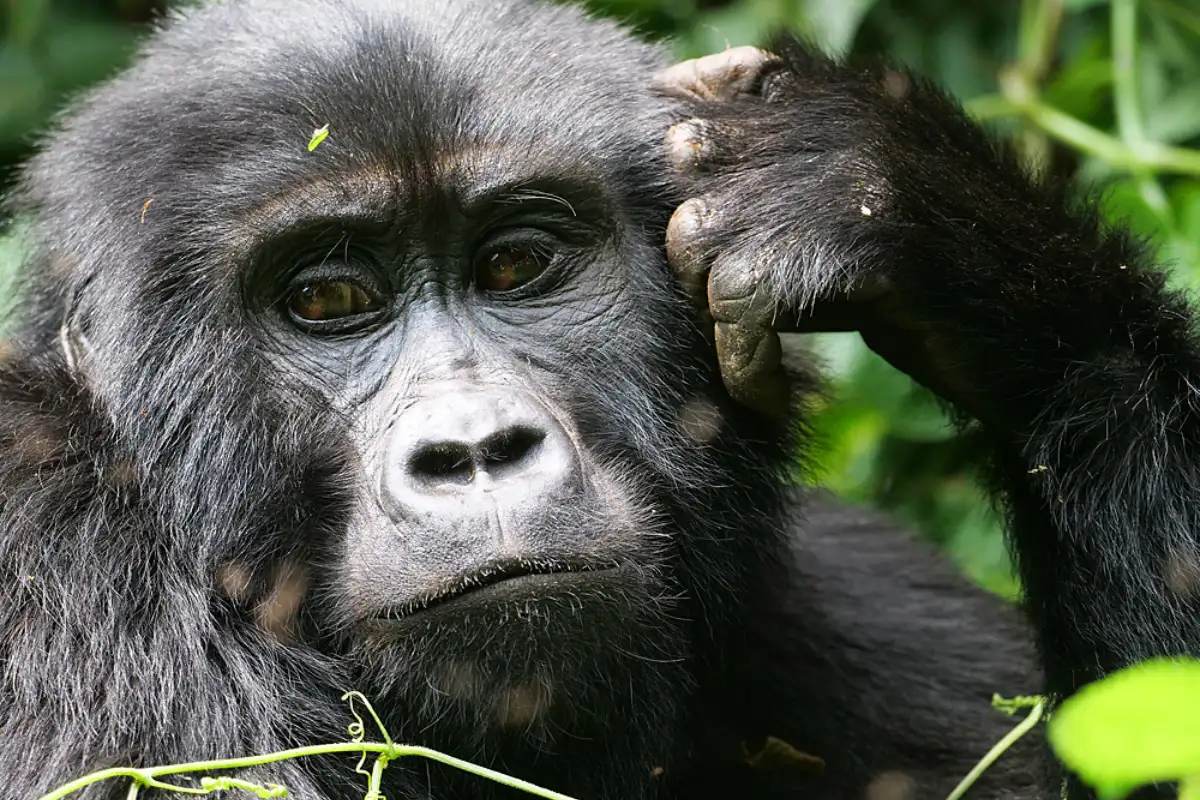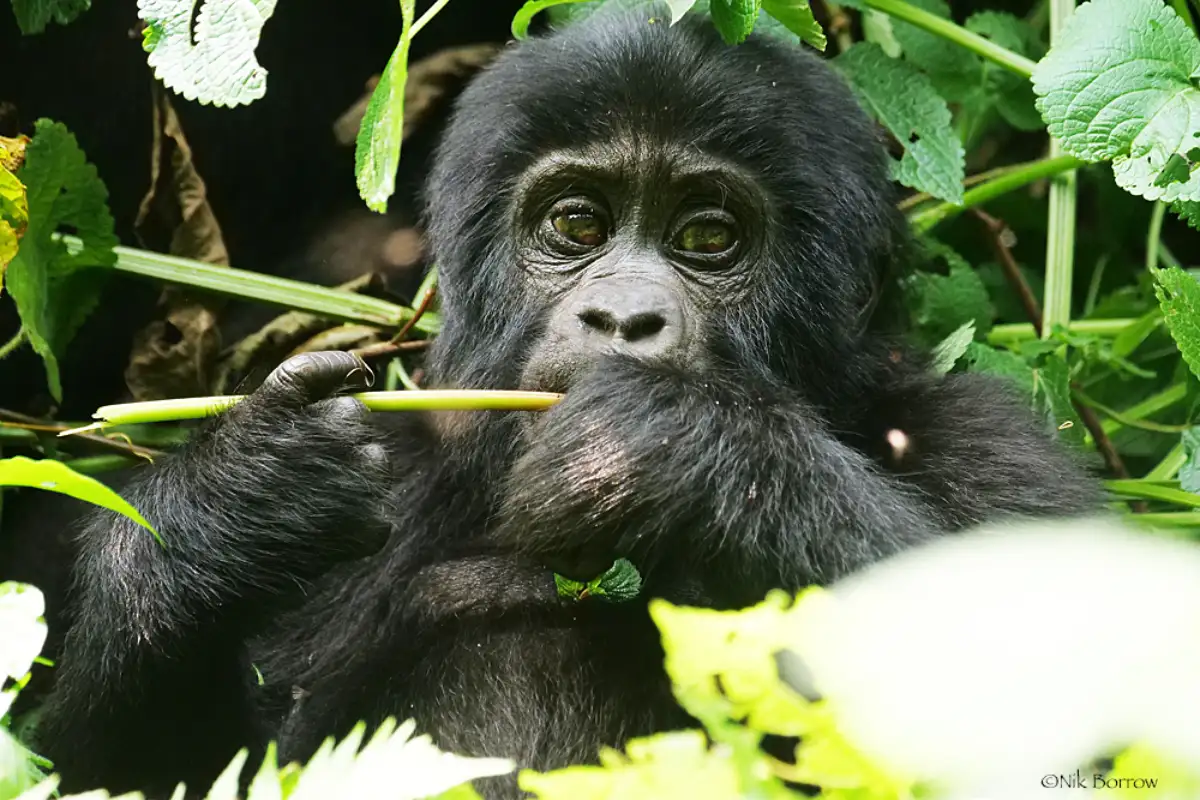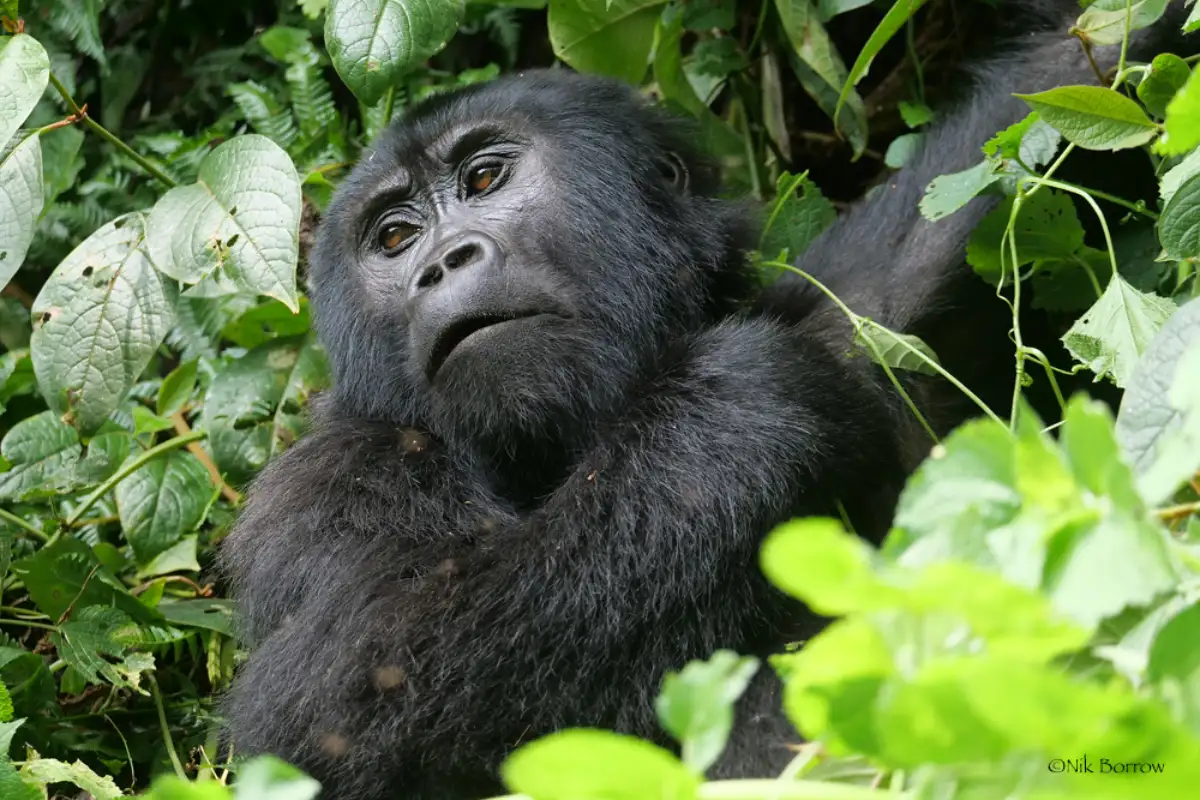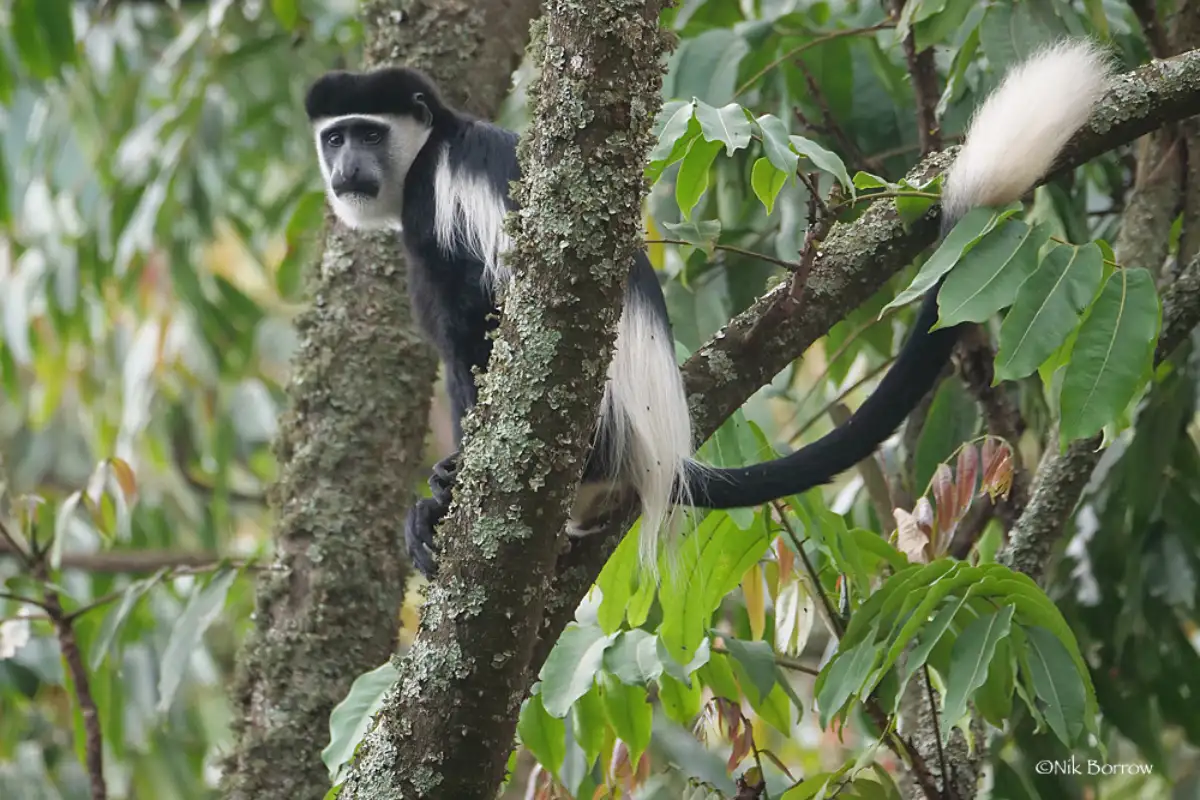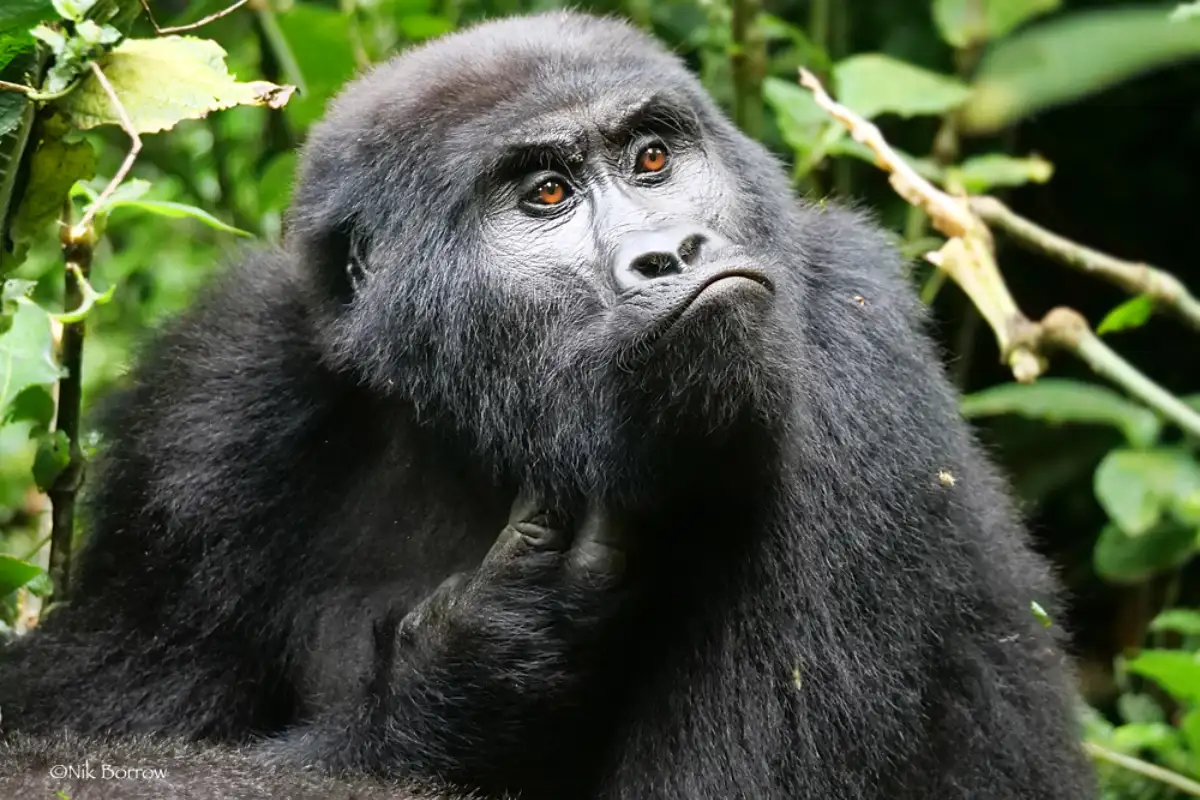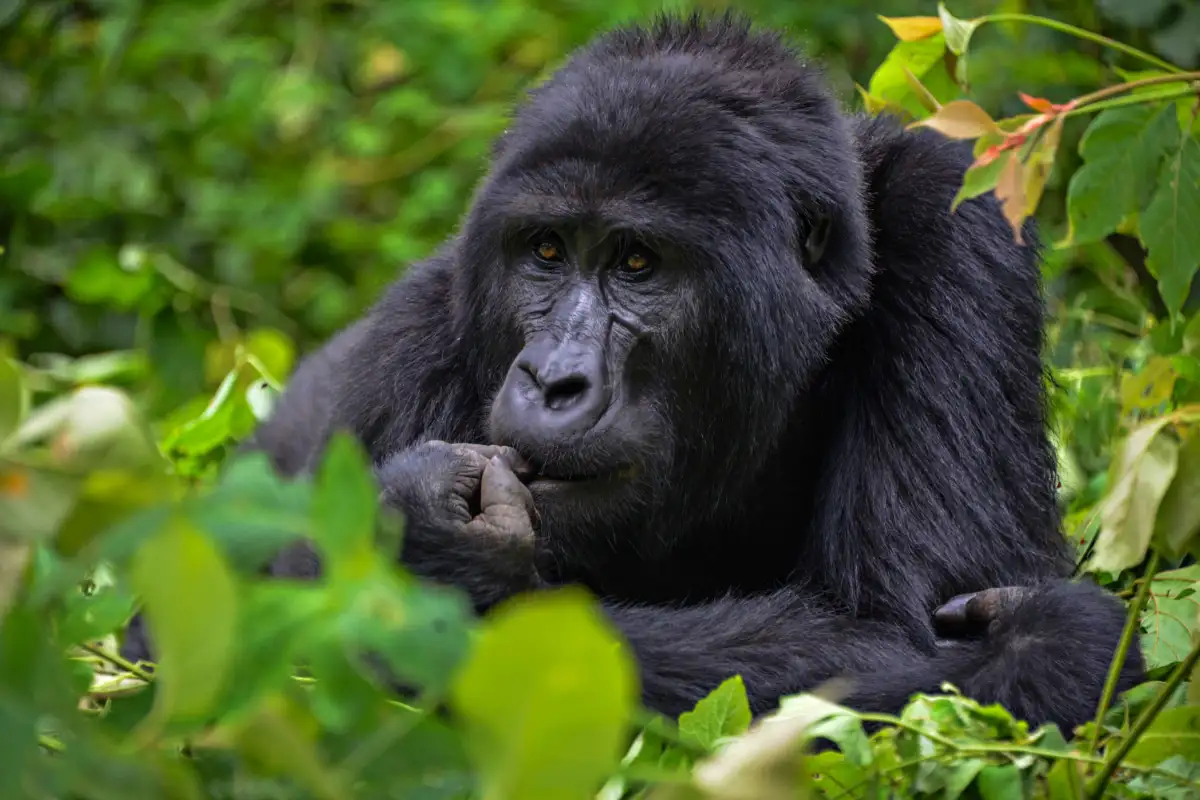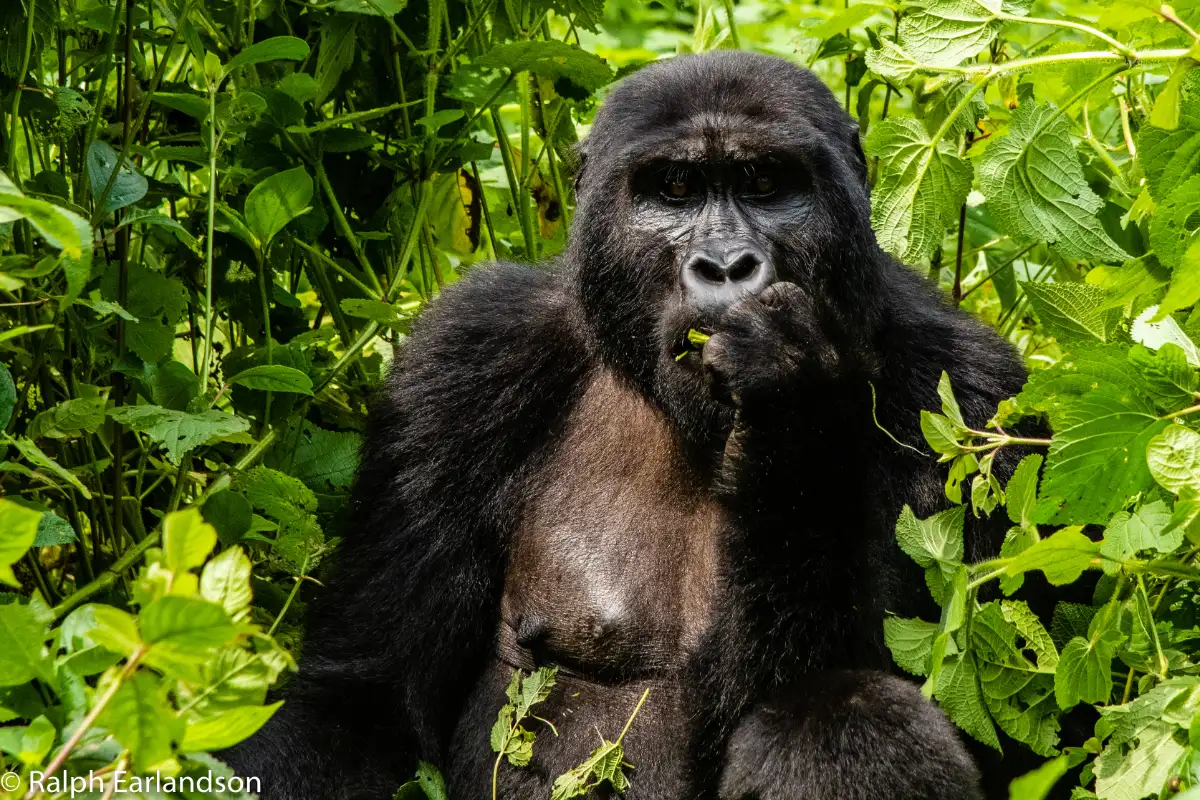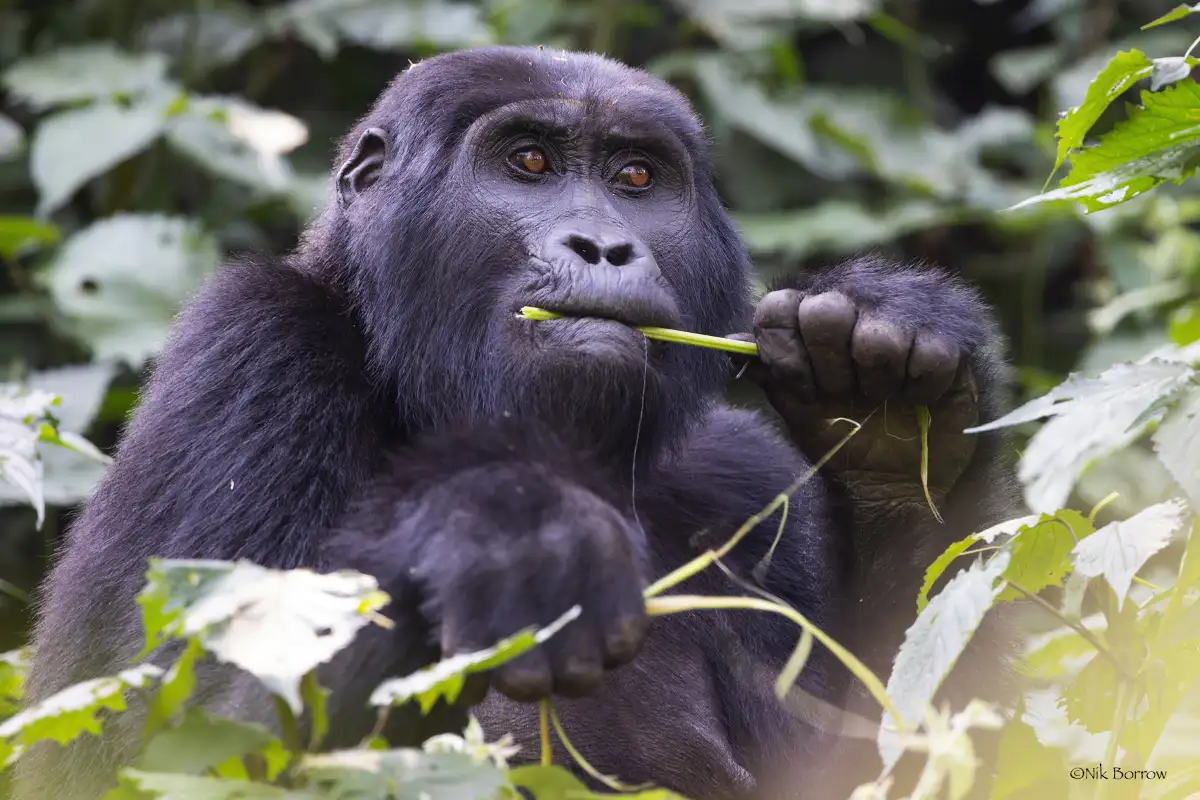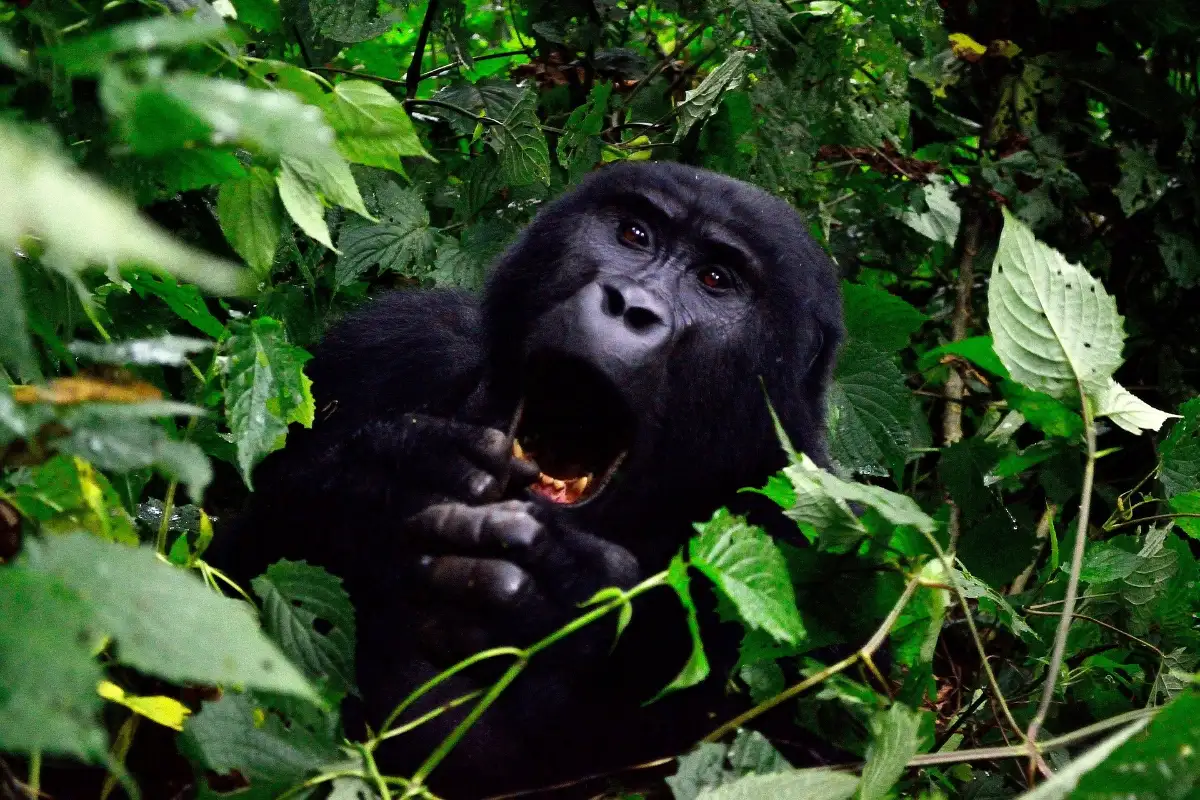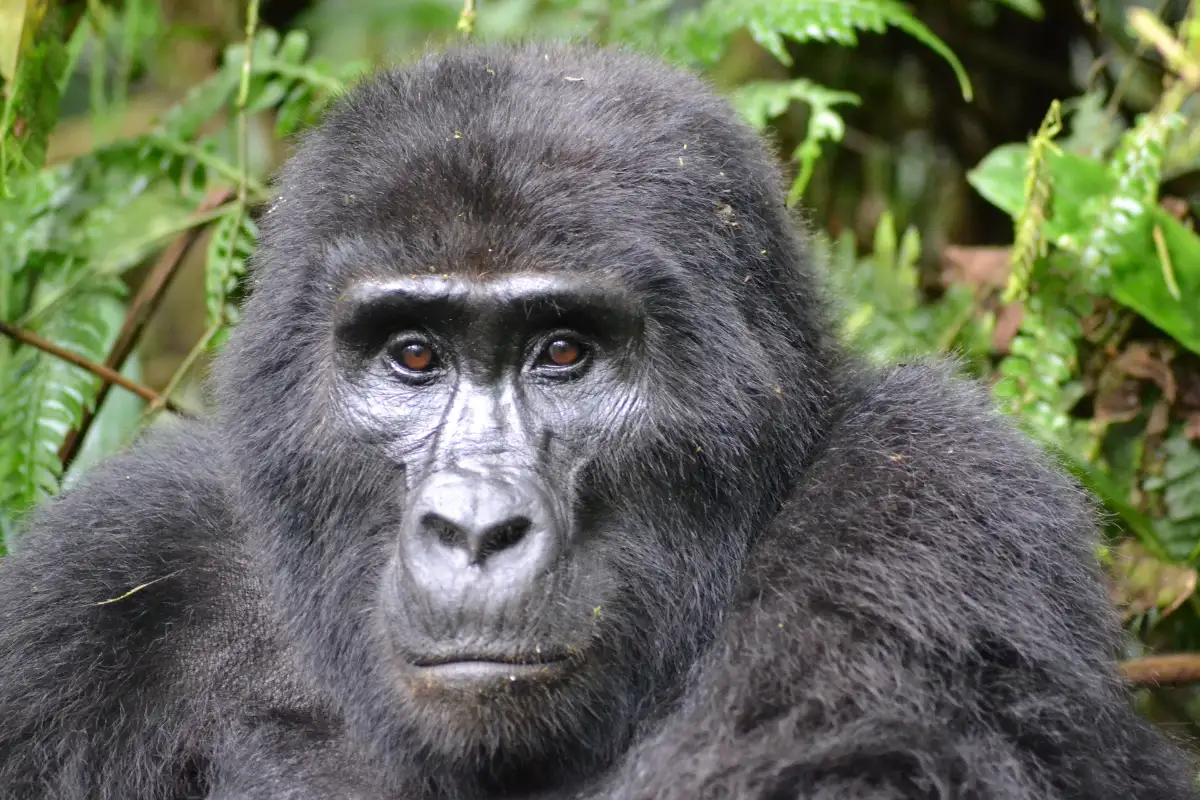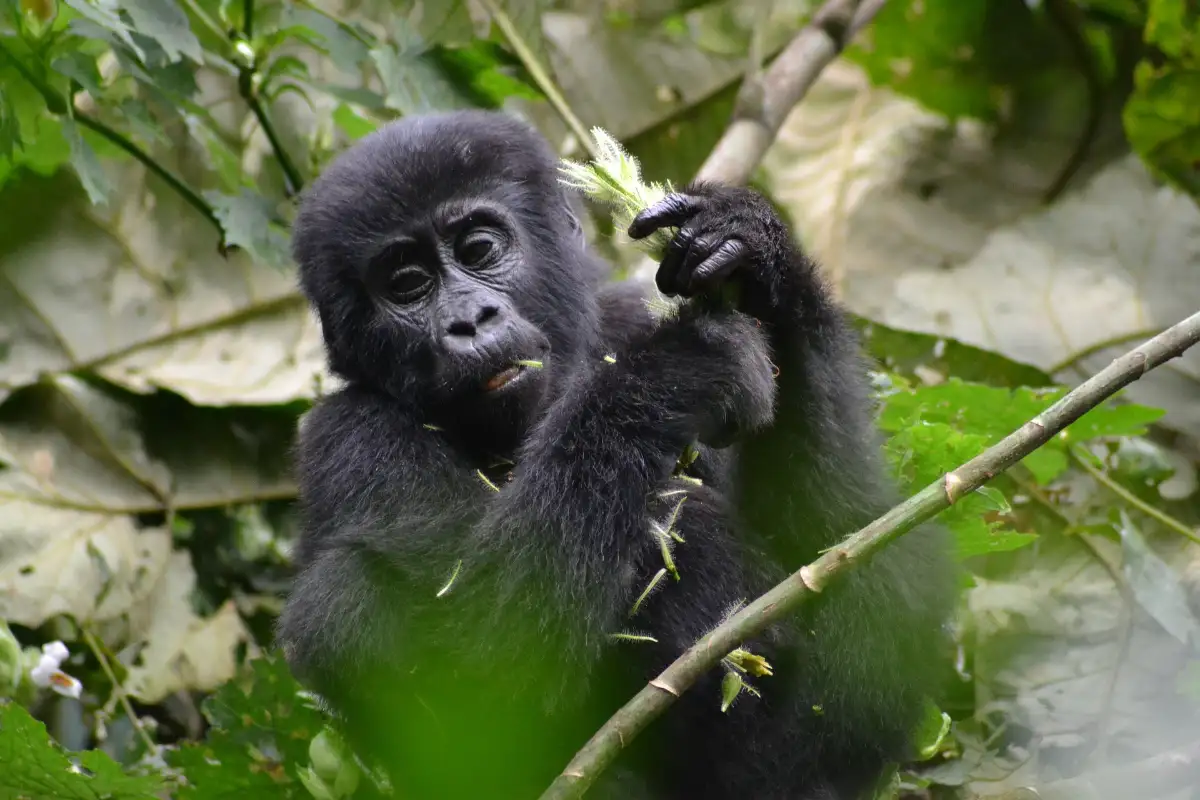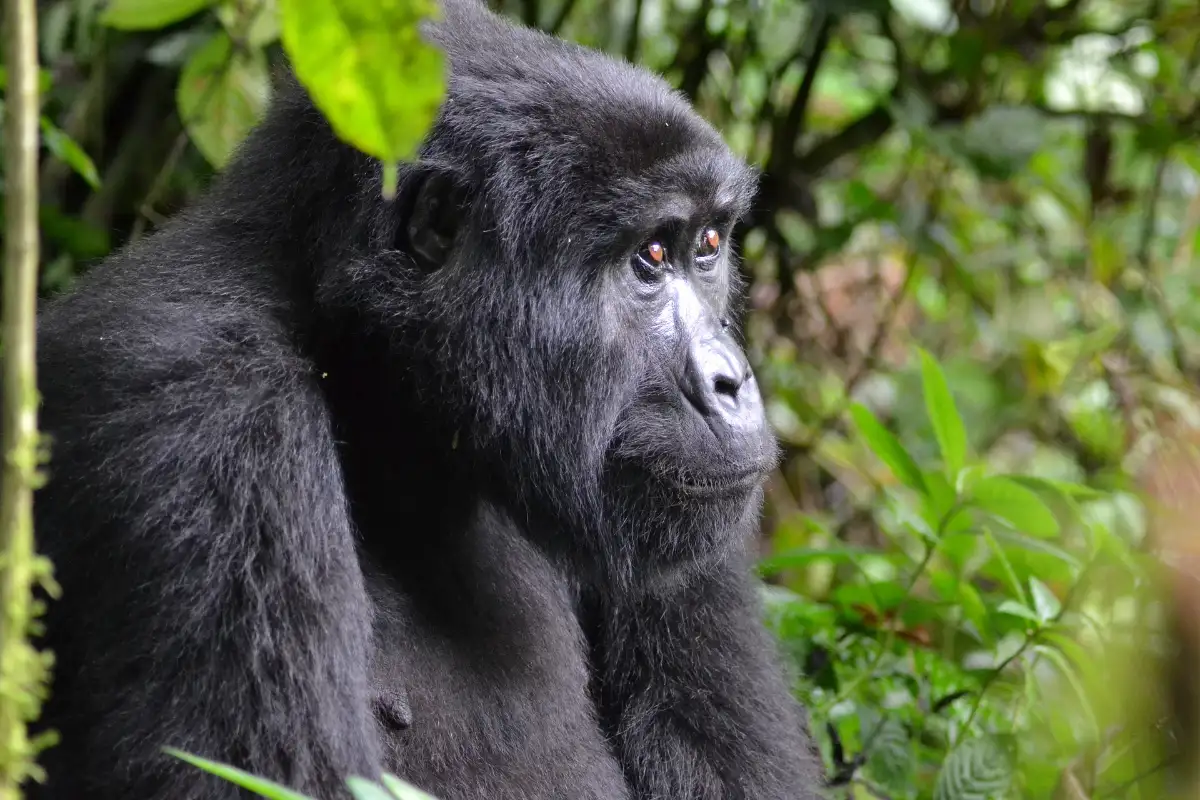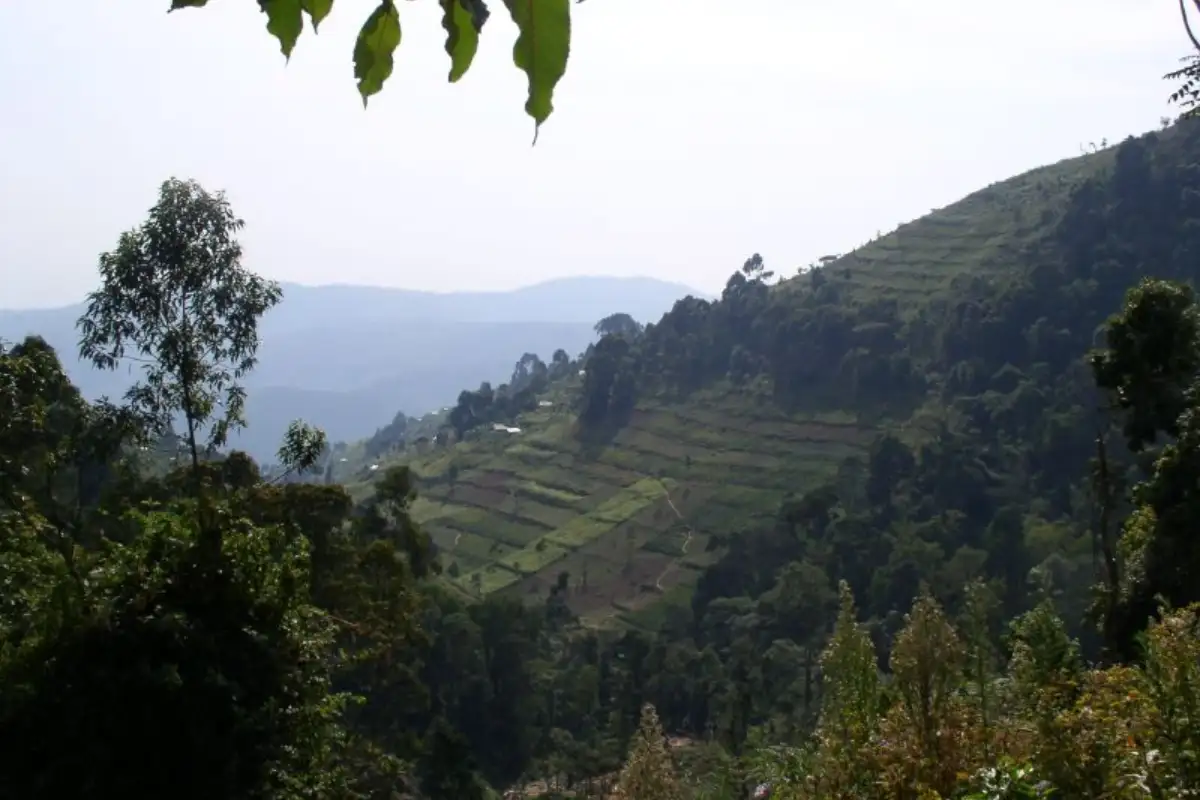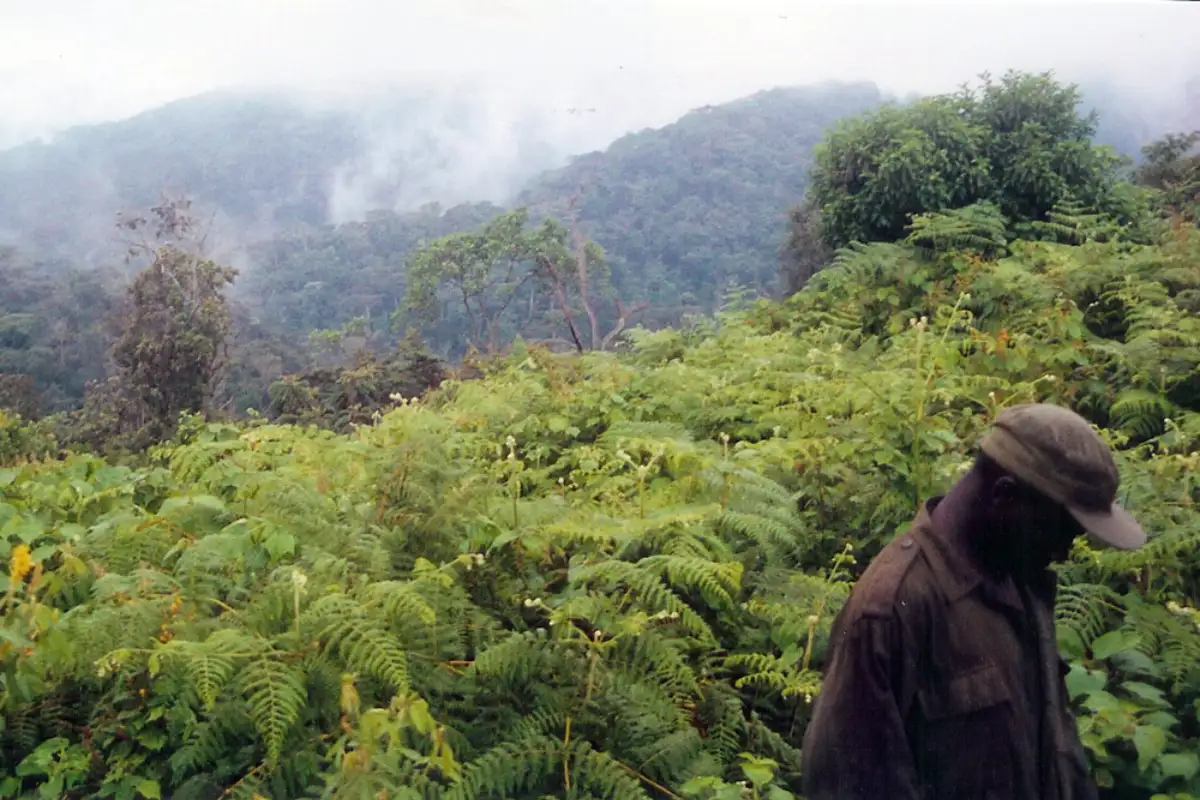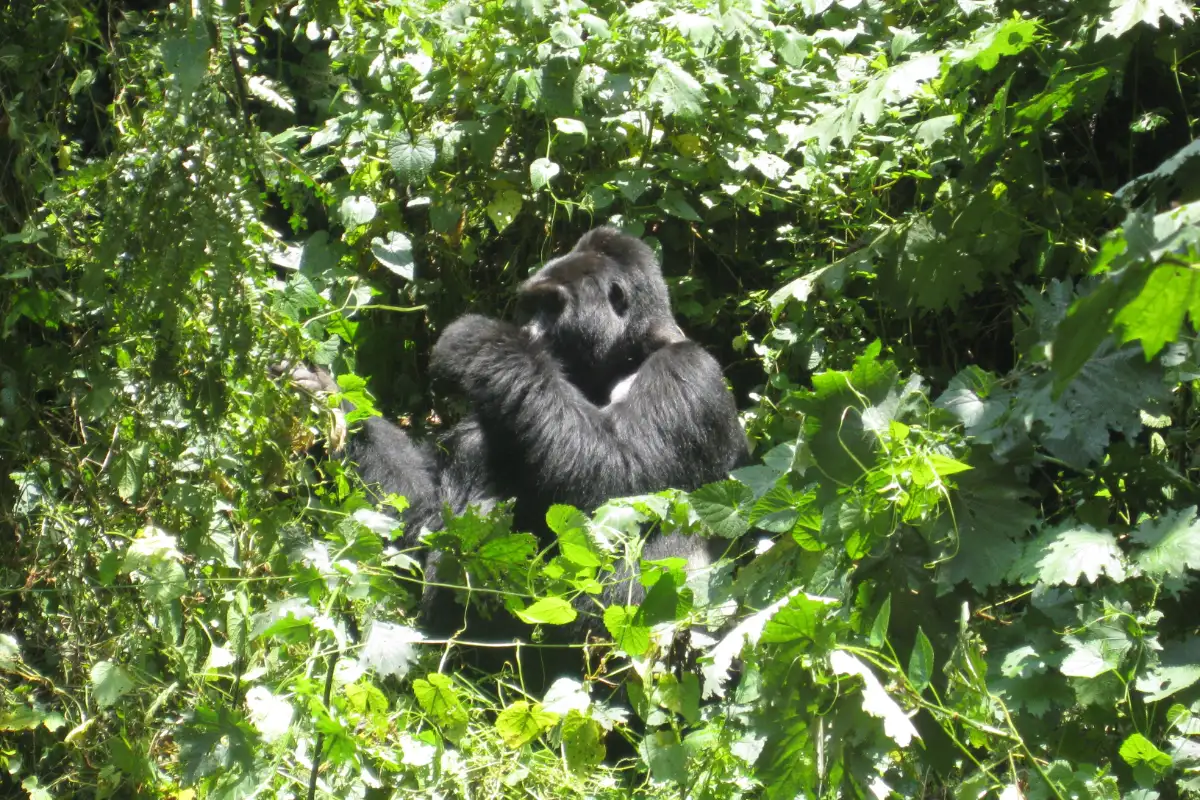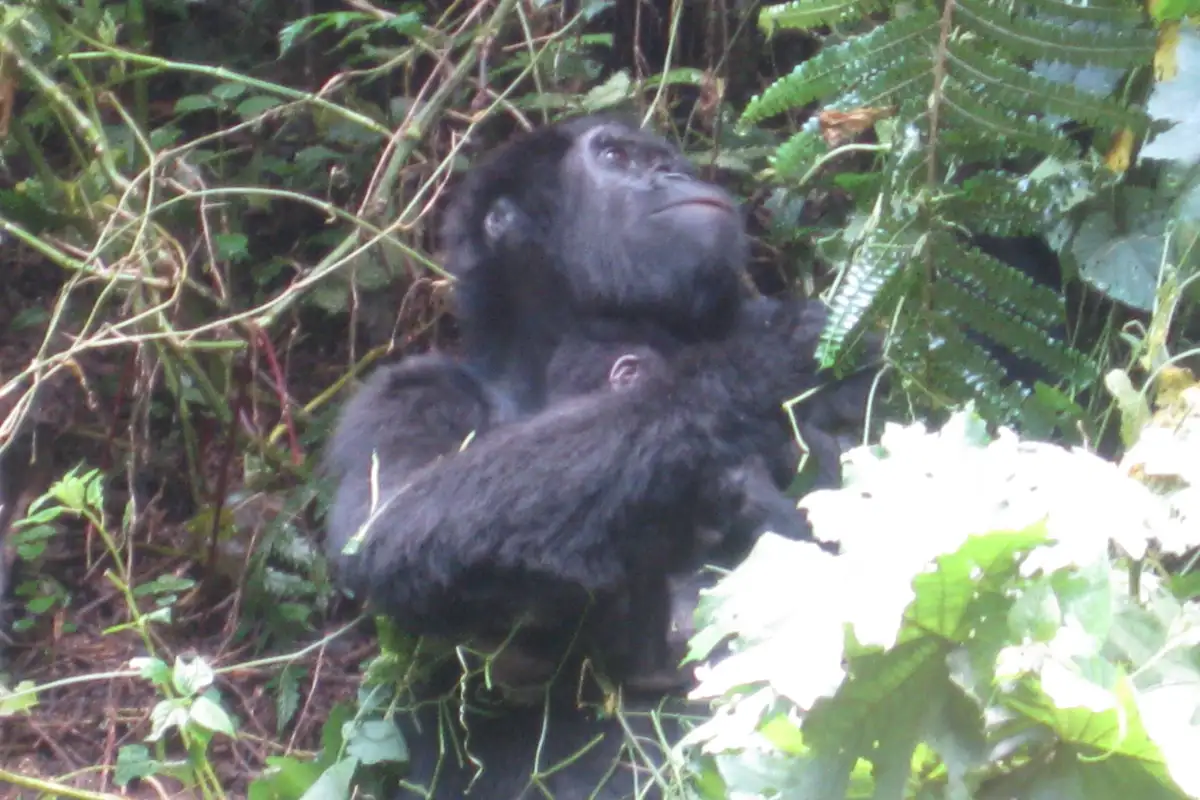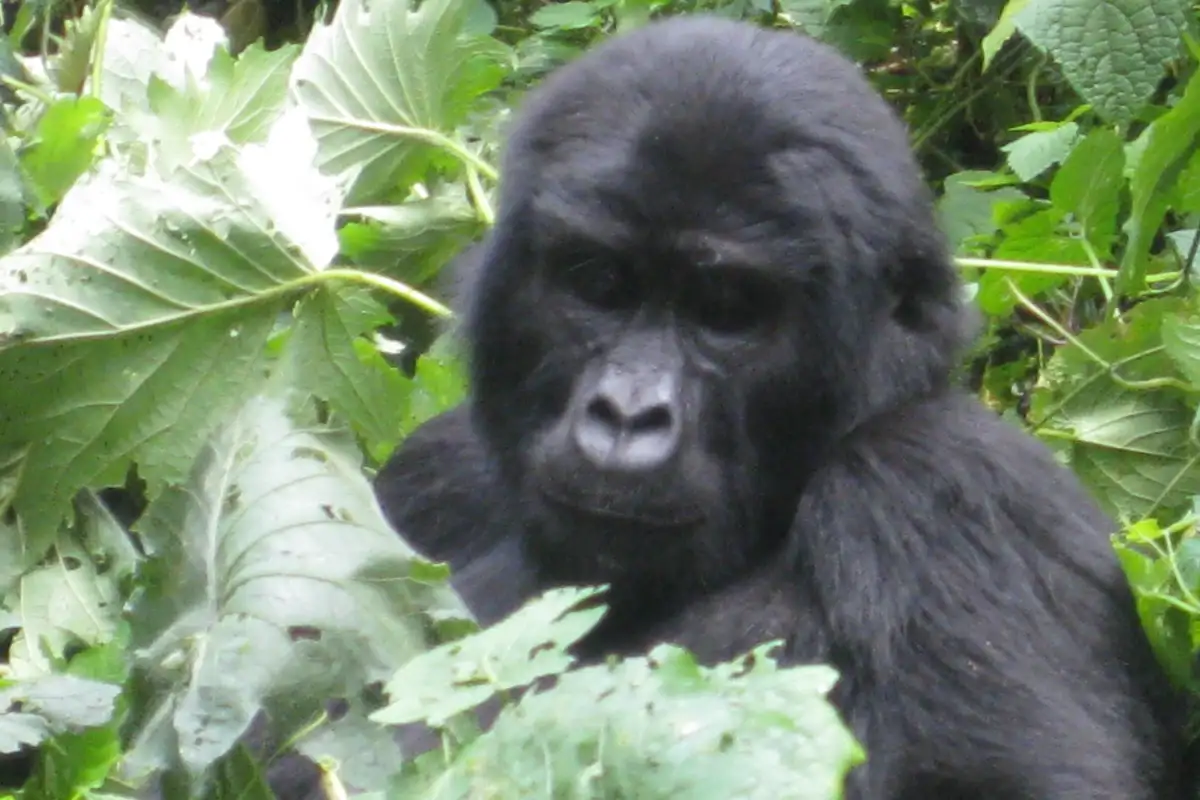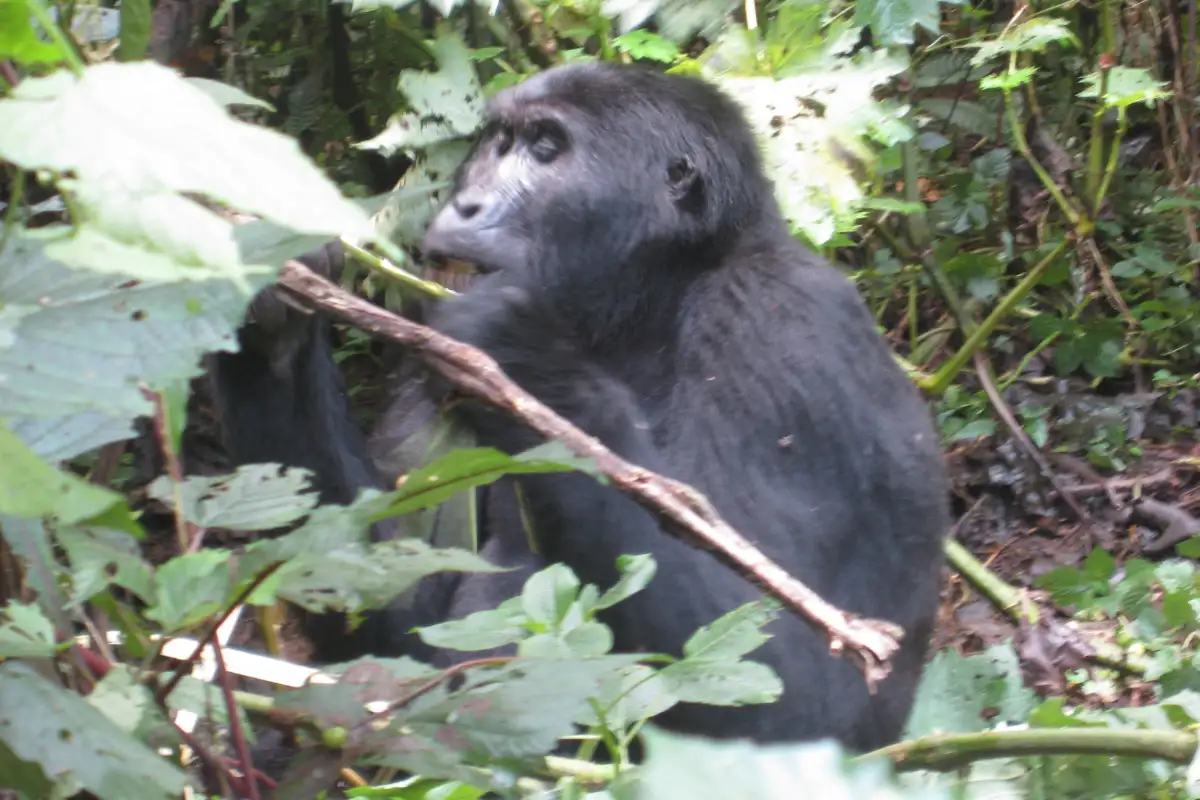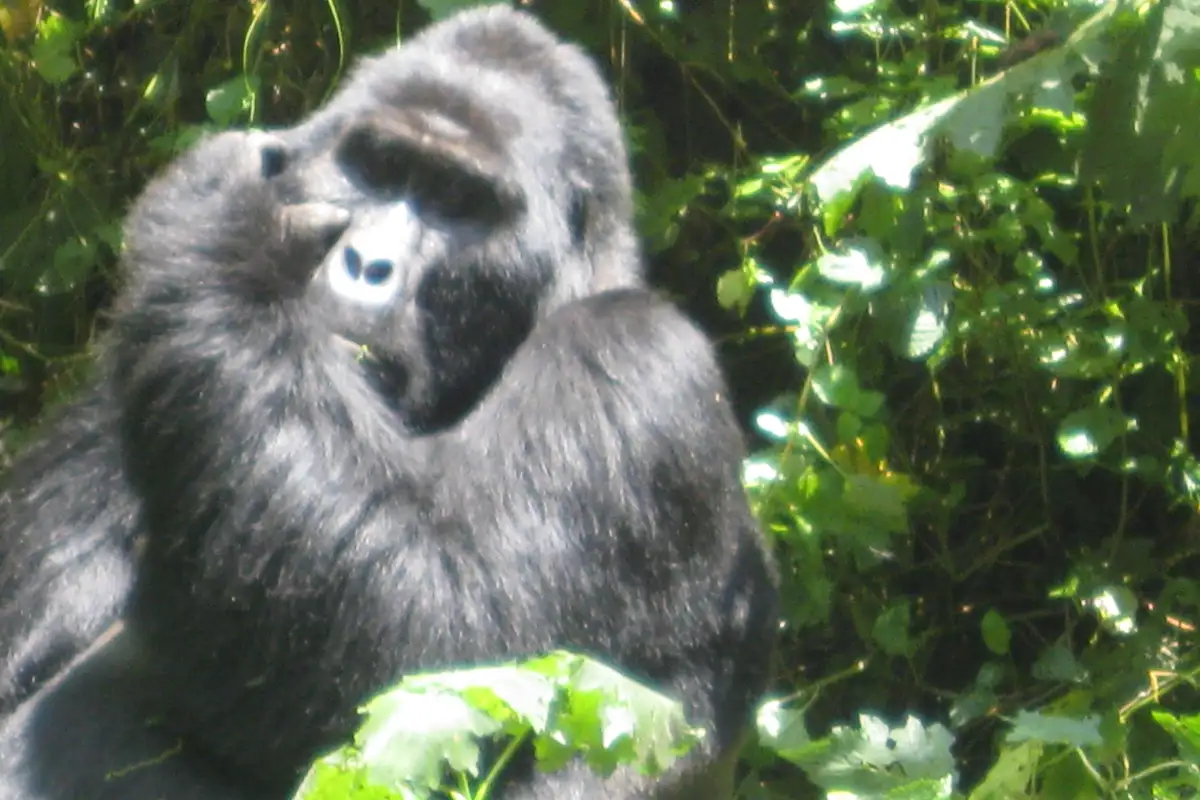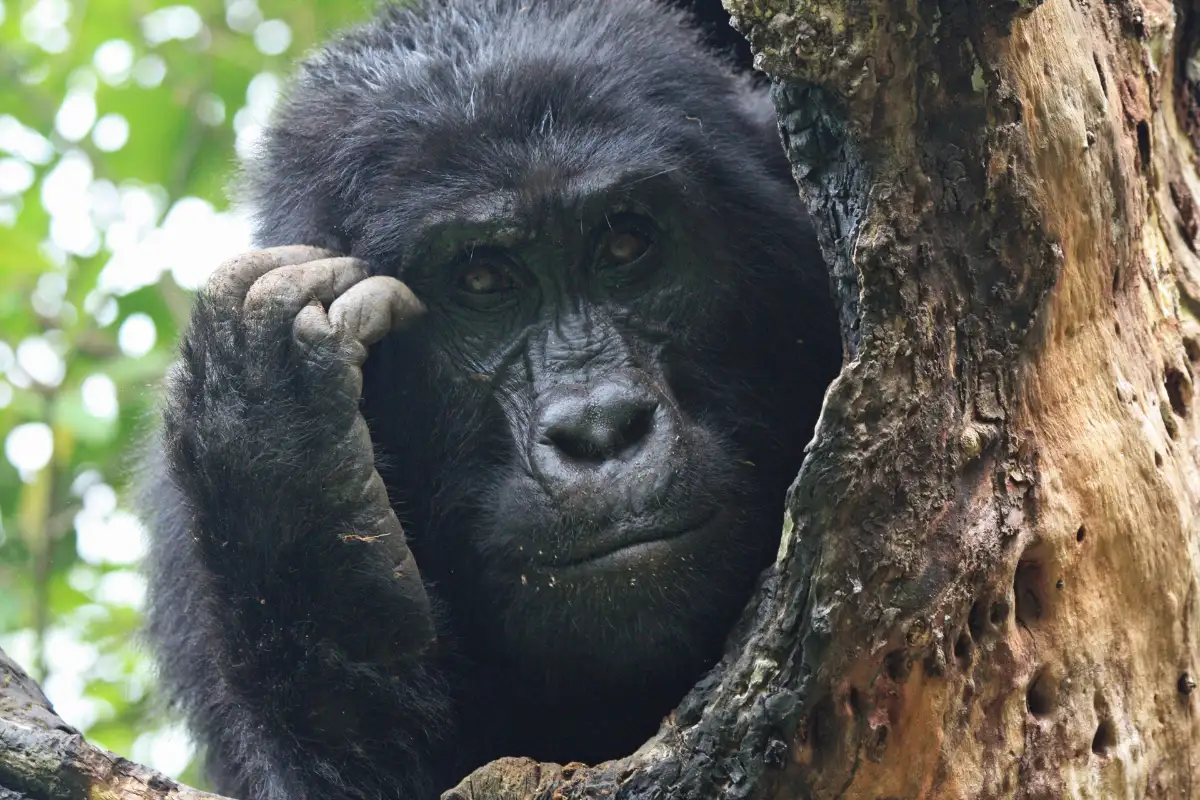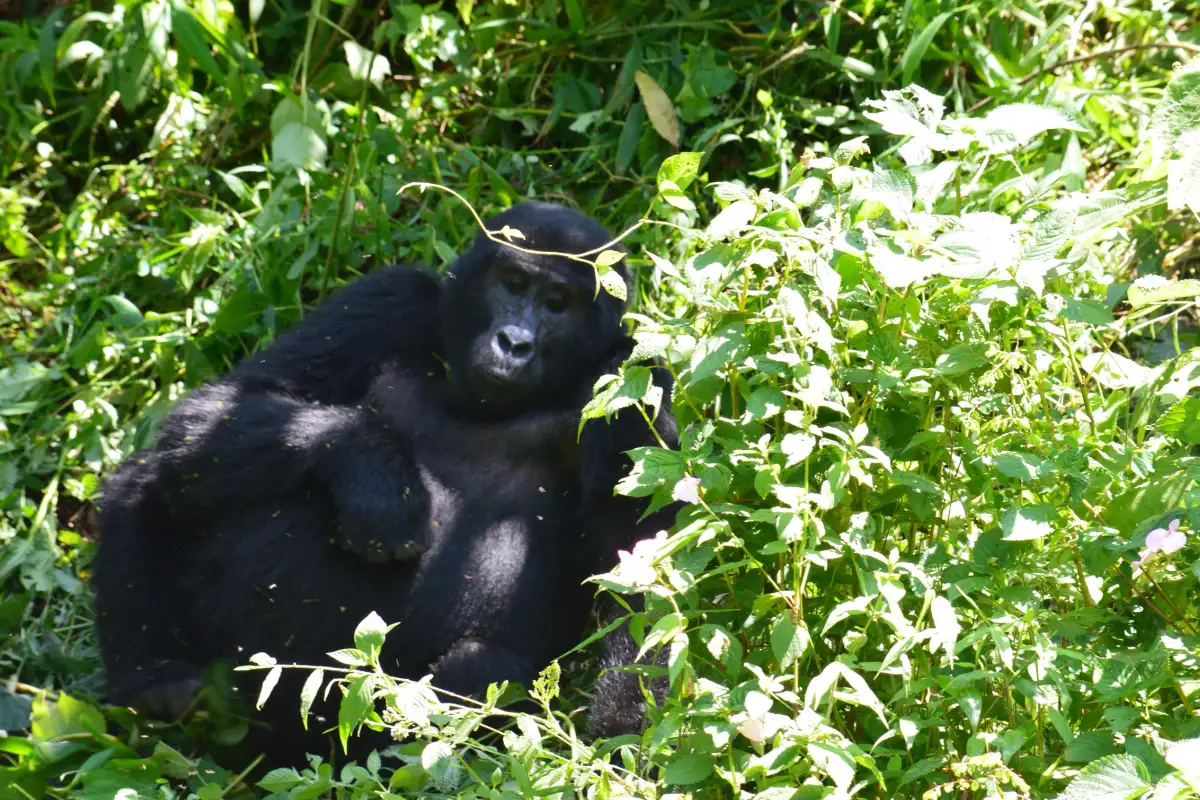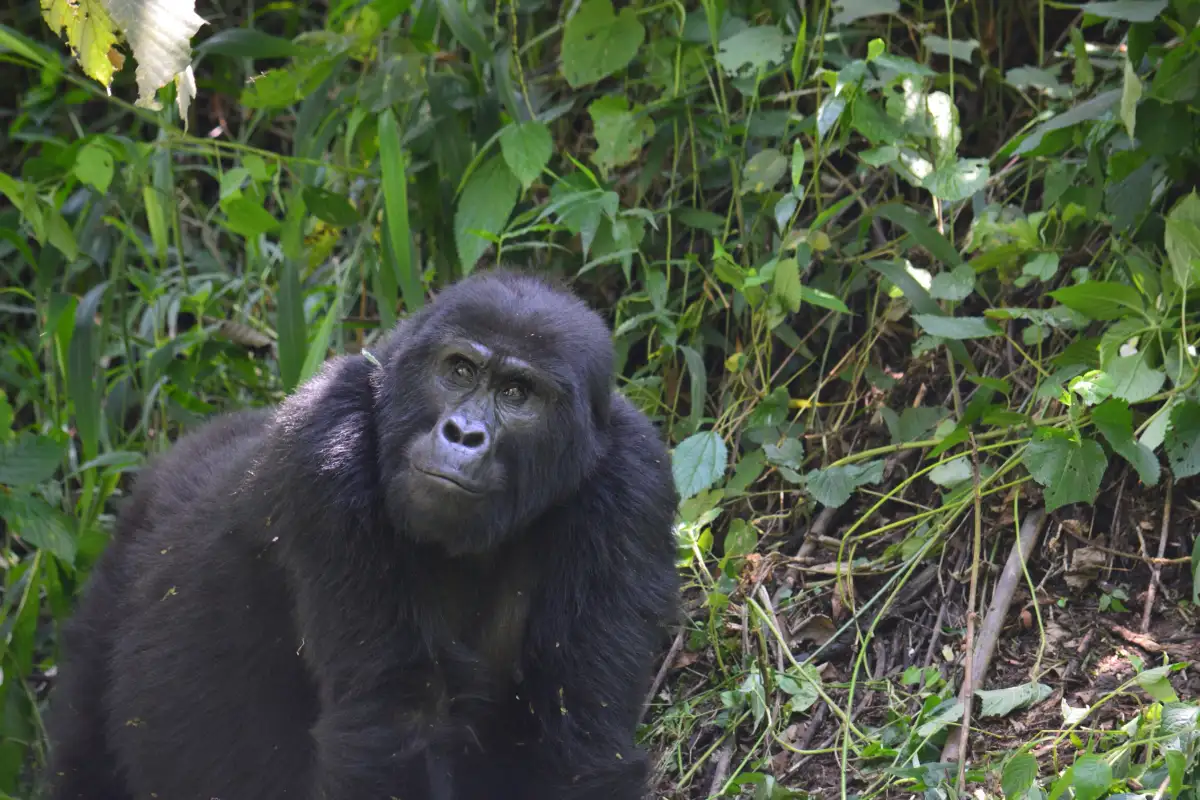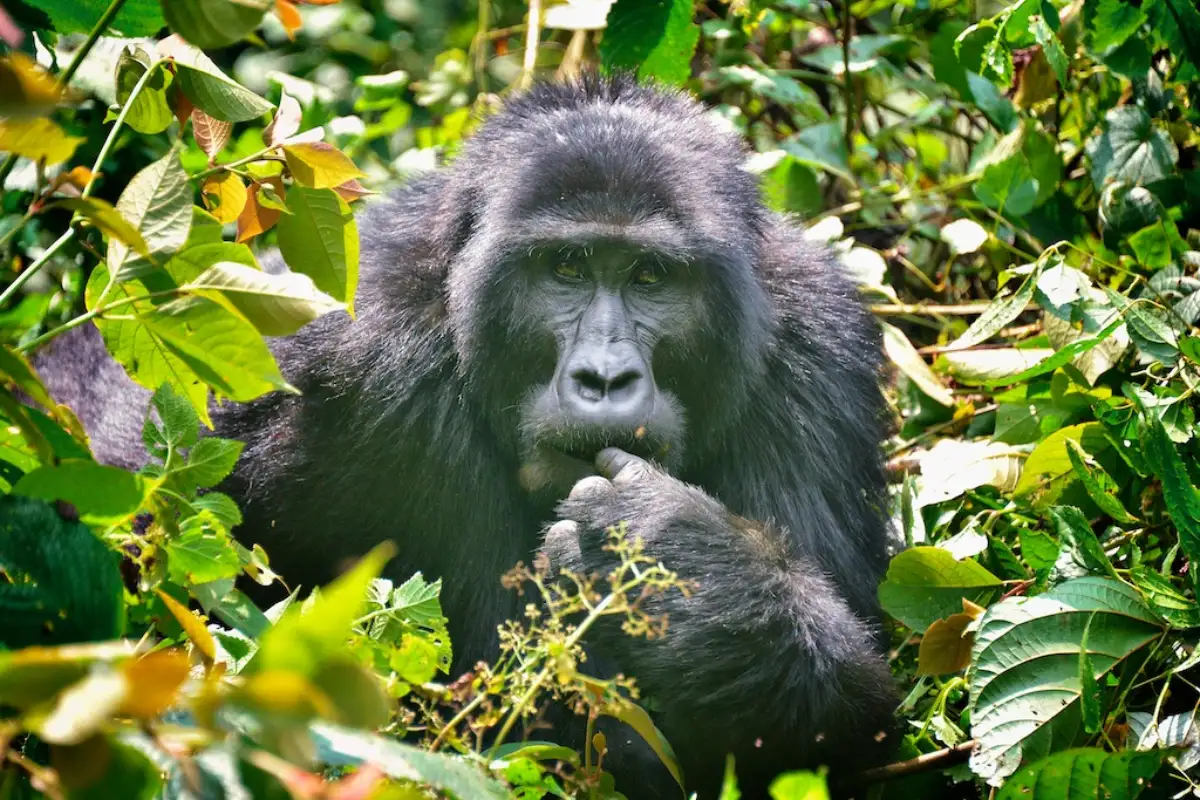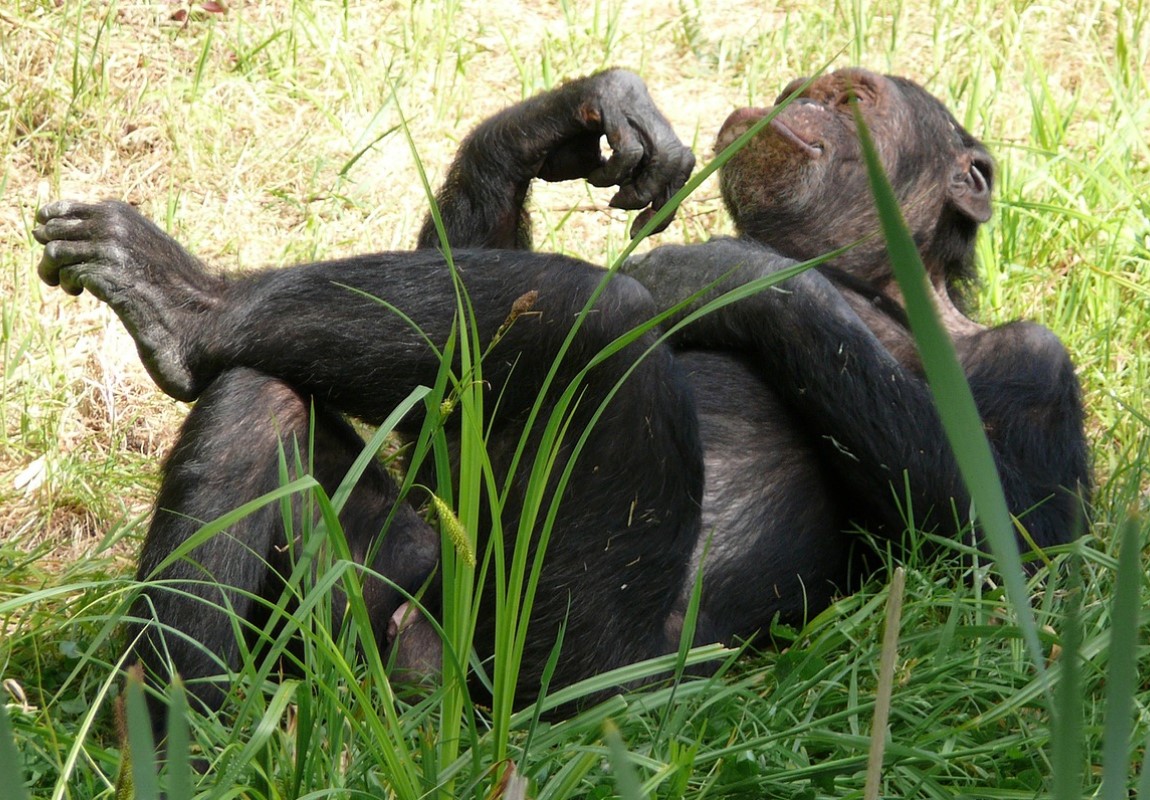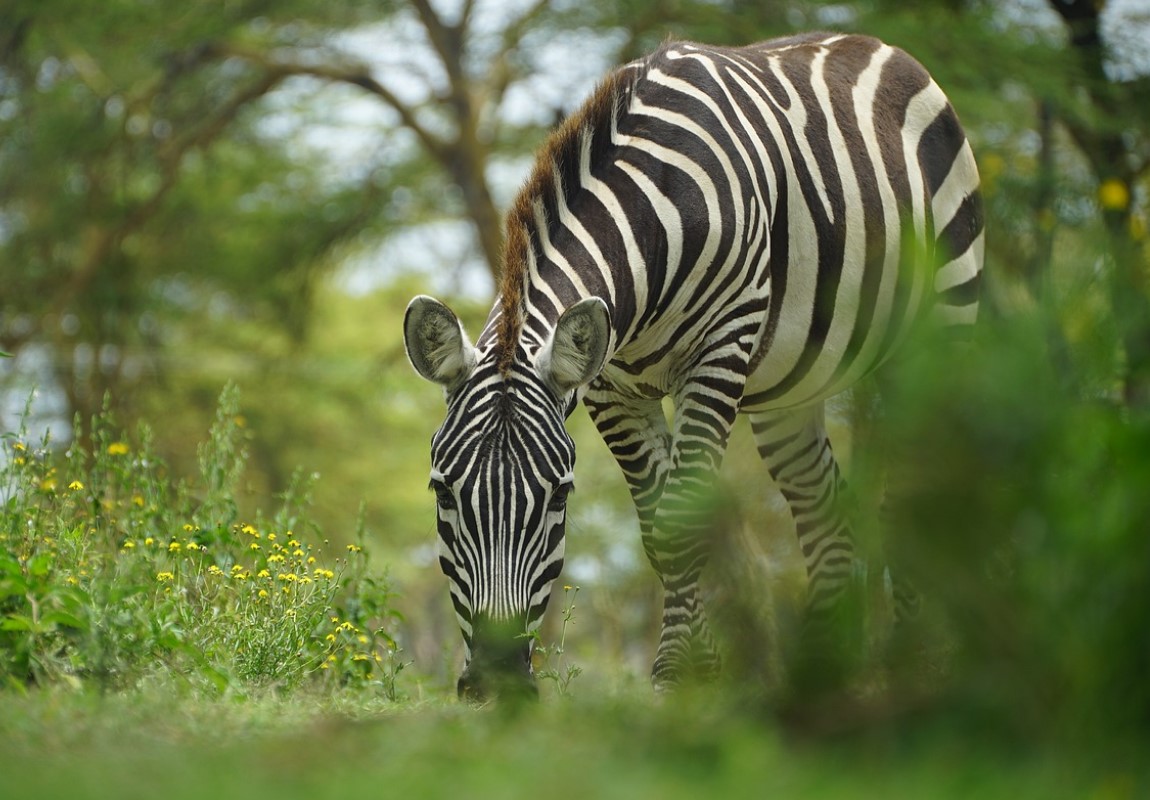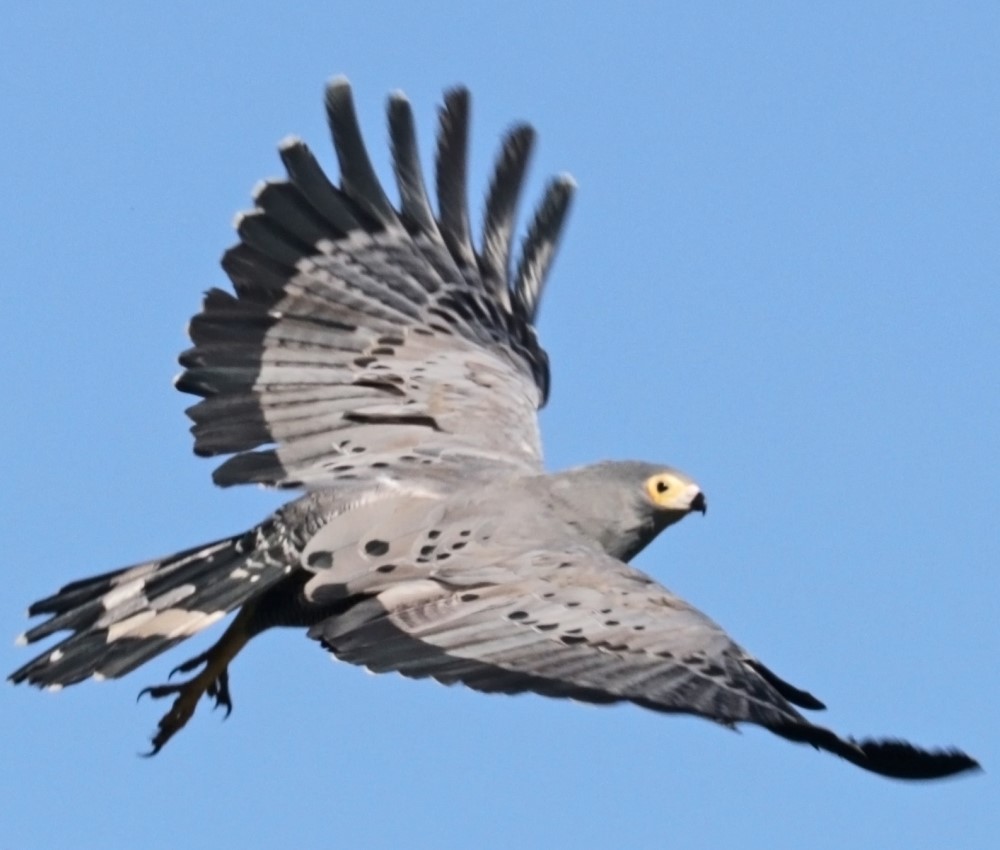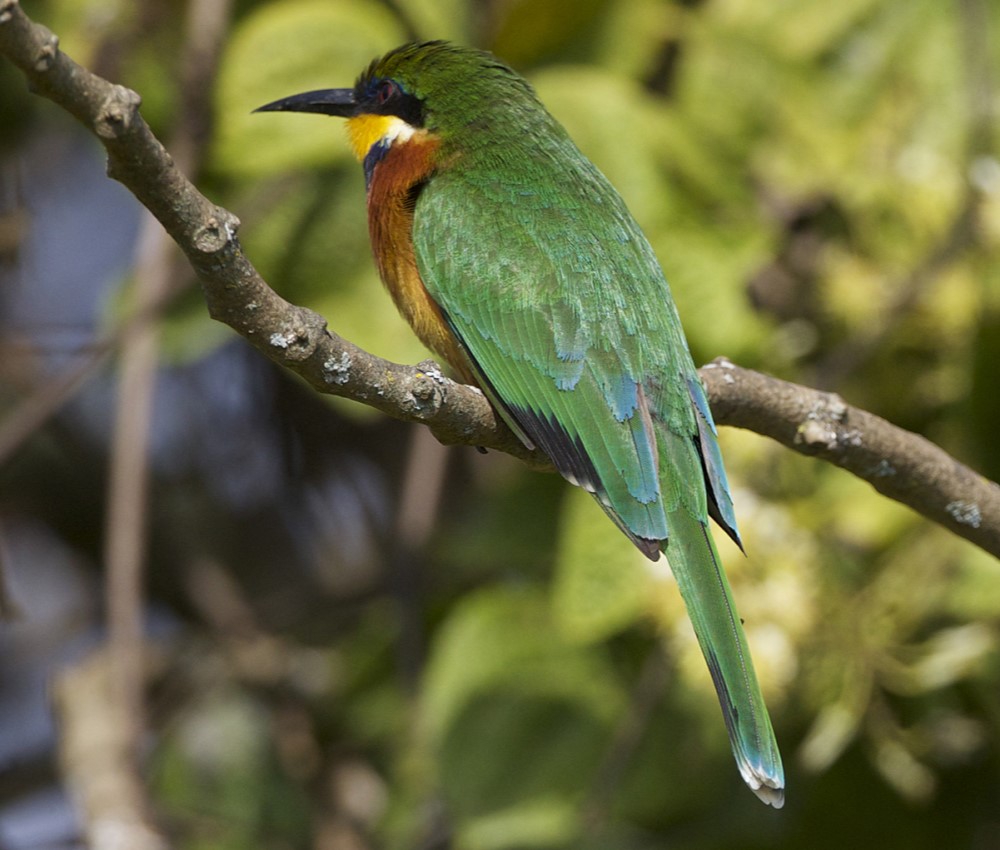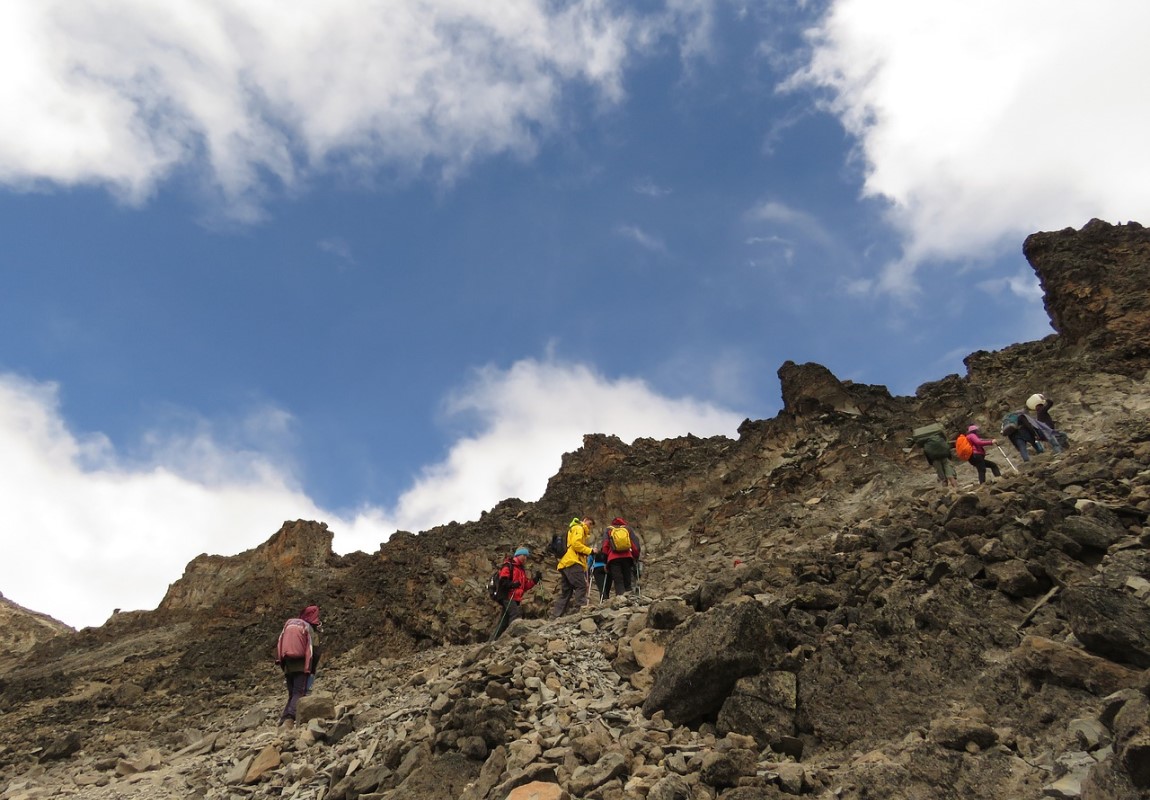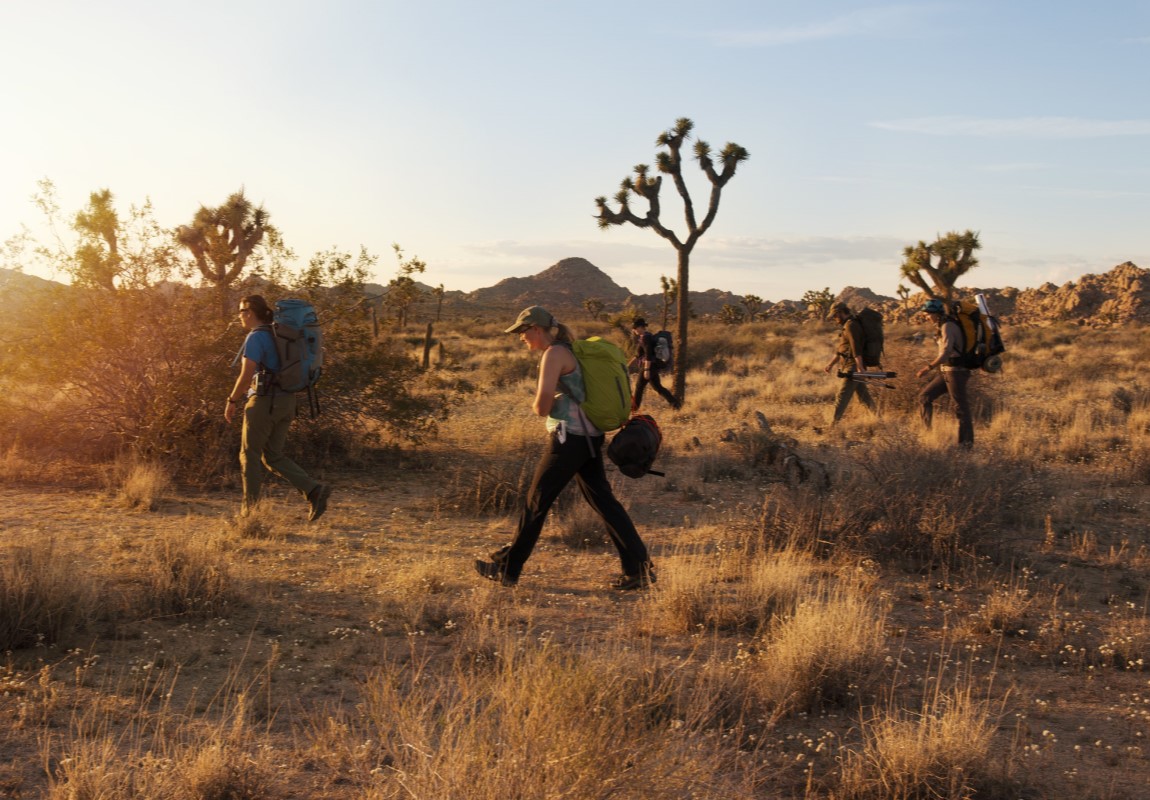Bwindi Impenetrable NP 
Starting from
$1200PP
Overview
Bwindi Impenetrable National Park is an Afro-montane rainforest situated at the edge of the Rift Valley. This ‘impenetrable forest’ comprises steep, mist-covered hills and valleys shrouded by one of Uganda’s oldest rainforests. Bwindi’s main attraction is the mountain gorilla. It is estimated that around 300 mountain gorillas live in the lush hills within the park. It is home to roughly half of the world’s population of mountain gorillas. Bwindi is also home to several other species of primate, including the following: Blue Monkey, Black and White Colobus Monkey, baboon, chimpanzee and Red-tailed Monkey. Here safari enthusiasts get the opportunity to observe this majestic great ape in its natural habitat. Adventurers can also go on nature walks, hikes and bird-watching safaris in this park.
Pros & Cons
- Easy to spot Mountain Gorillas
- Unspoiled rainforest
- The park contains diverse species of mammals, including primates, as well as birds and trees
- Roads are very bad in the rainy season
- Gorilla trekking permit is very expensive
Map in Uganda
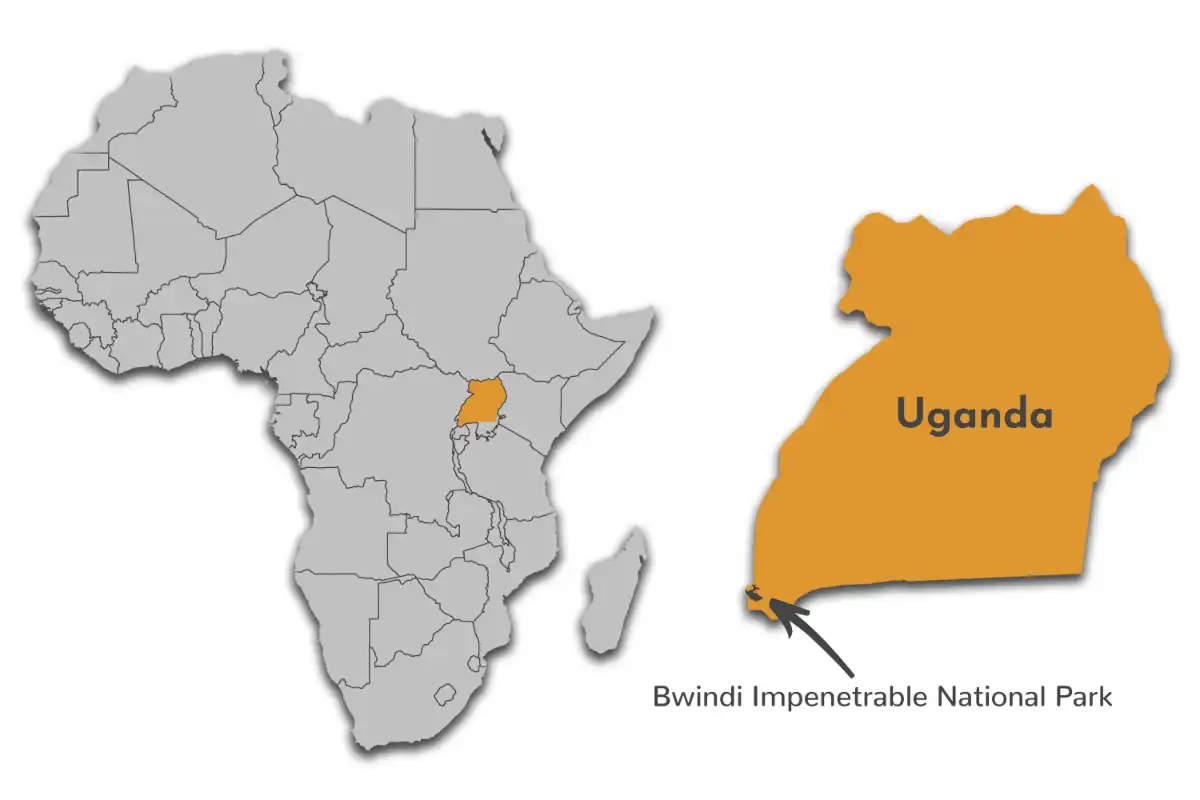
Want to Visit Bwindi Impenetrable NP?
Gallery Images
Explore the stunning beauty of Bwindi Impenetrable NP through our curated collection of photographs showcasing its landscapes, wildlife, and natural wonders.
Want to Visit Bwindi Impenetrable NP?
Wildlife & Animals
Bwindi is most notable for the 400 Bwindi gorillas, half of the world's population of endangered mountain gorillas. 14 habituated mountain gorilla groups are open to tourism in four different sectors of Buhoma, Ruhijja, Rushaga and the Nkuringo in the Districts of Kanungu, Kabale and Kisoro respectively.
Wildlife Highlights
Species diversity is a feature of the park. It provides a habitat for 120 species of mammals. Bwindi also hosts numerous globally threatened species including high-profile mammals such as mountain gorillas, chimpanzees, l’Hoest’s monkeys and African elephants.
Best Time for Wildlife Viewing
The best time to visit Bwindi for Gorilla trekking is from June to August or December to February. Rainfall is the main concern for deciding the time for trekking. During heavy rainfalls, roads are very slippery and hiking is very challenging.
Want to Visit Bwindi Impenetrable NP?
Birds
Bwindi is very popular for its variety of species. It provides a habitat for 348 species of birds and 220 species of butterflies. Bwindi hosts numerous globally threatened birds such as the African green broadbill, Grauer’s swamp warbler, Turner’s Eremomela, Chapin’s flycatcher and Shelley’s crimson-wing; and butterflies such as African giant swallowtail and Cream-banded swallowtail. The list of species that you may hope to see is long, but a few tasters include African goshawk, Aggur buzzard and Equatorial akalat, plus a selection of forest woodpeckers, green bulls (always a challenge to identification skills!), warblers, flycatchers, sunbirds and weavers.
Best Time for Birding
Birding can be done all year round in Bwindi but it's best in the month of March & September. During heavy rainfalls from March to May, it's difficult for bird watch.
Want to Visit Bwindi Impenetrable NP?
Best Time to Visit – Bwindi Impenetrable NP
The best time to visit Bwindi for Gorilla trekking is from June to August or December to February. Rainfall is the main concern for deciding the time for trekking. During heavy rainfalls, roads are very slippery and hiking is very challenging.
May to October (Dry Season)
- Less vegetation and animals concentrate around water, making them easier to spot
- The skies are clear, rain is rare, and there are fewer mosquitoes
- Even though most tourists visit during the Dry season, the parks still feel uncrowded, except for the bustling Chobe riverfront area
- Early morning and evening drives are cold in June, July and August
November to April (Wet Season)
- The scenery is greener, and there are lower rates during this season
- Although wildlife is easier to spot in the Dry season, you'll still see plenty
- There are many newborn animals and migratory birds
- Except for January and February, rains seldom interfere with your trip
- During January and February, the rains can be continuous for days
- It gets very hot in October and November
- Some lodges and camps close down during part of the Wet season
Want to Visit Bwindi Impenetrable NP?
Activities
Explore popular activities available in and around Bwindi Impenetrable NP.
Want to Visit Bwindi Impenetrable NP?
No FAQs available for this park yet.

 English
English French
French